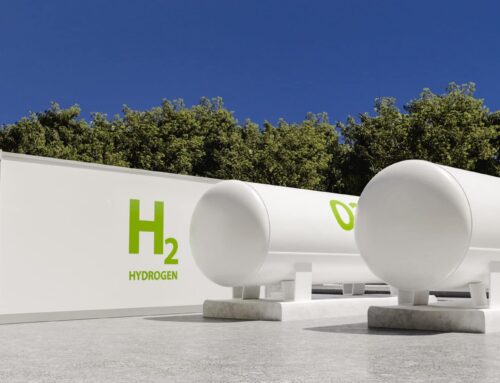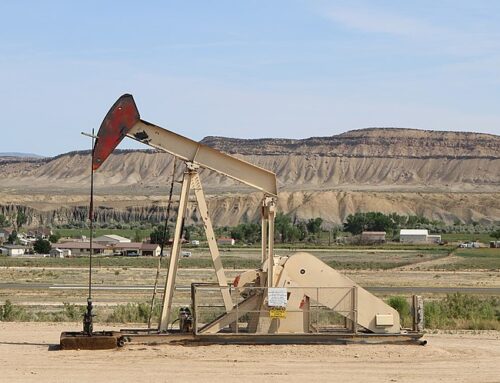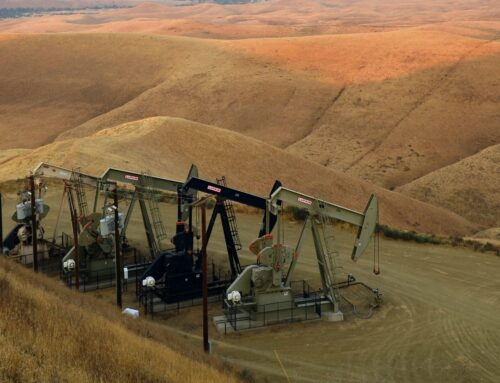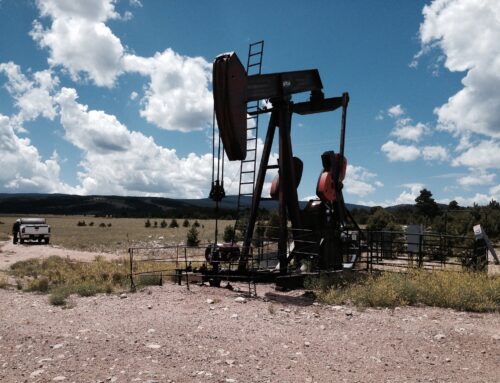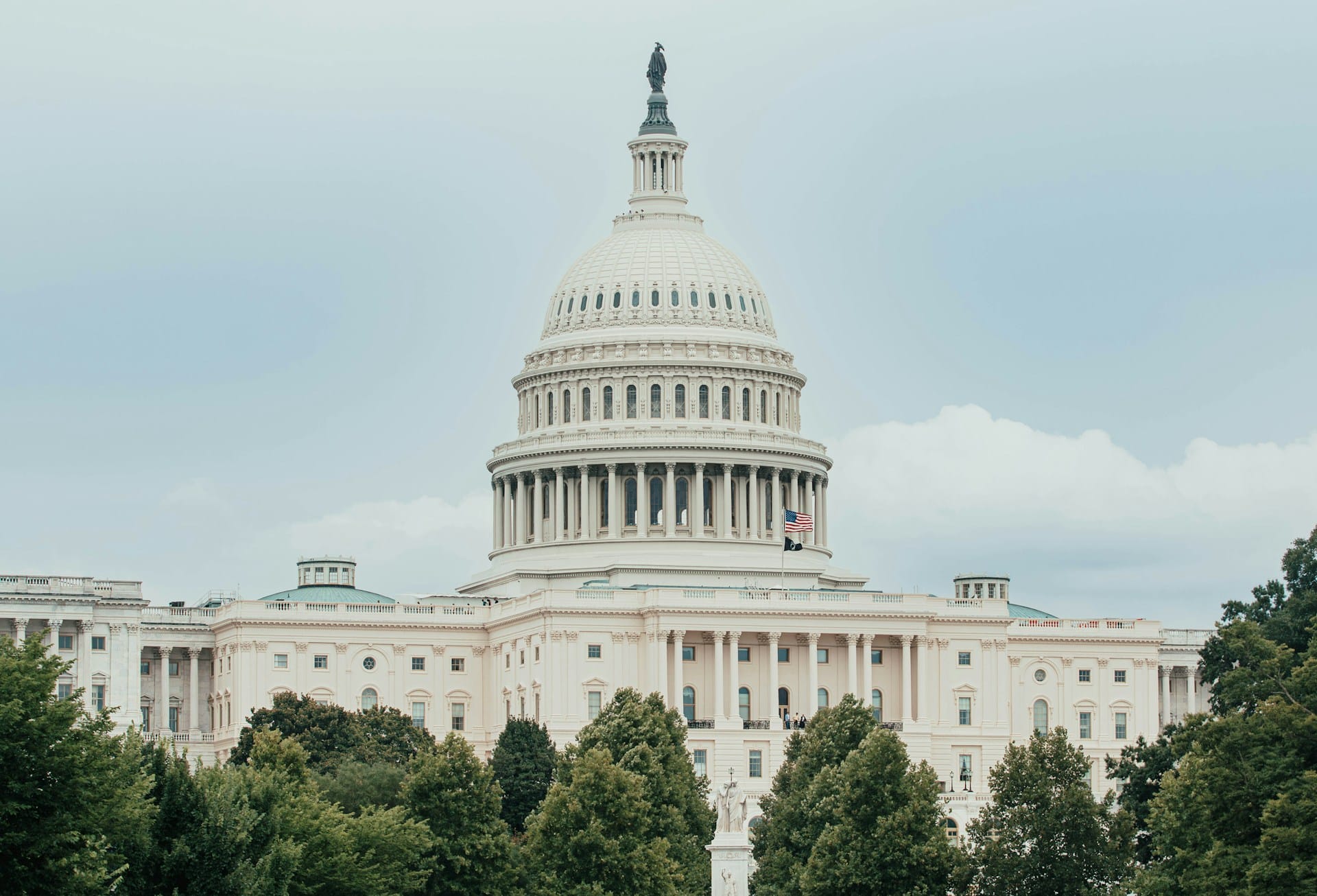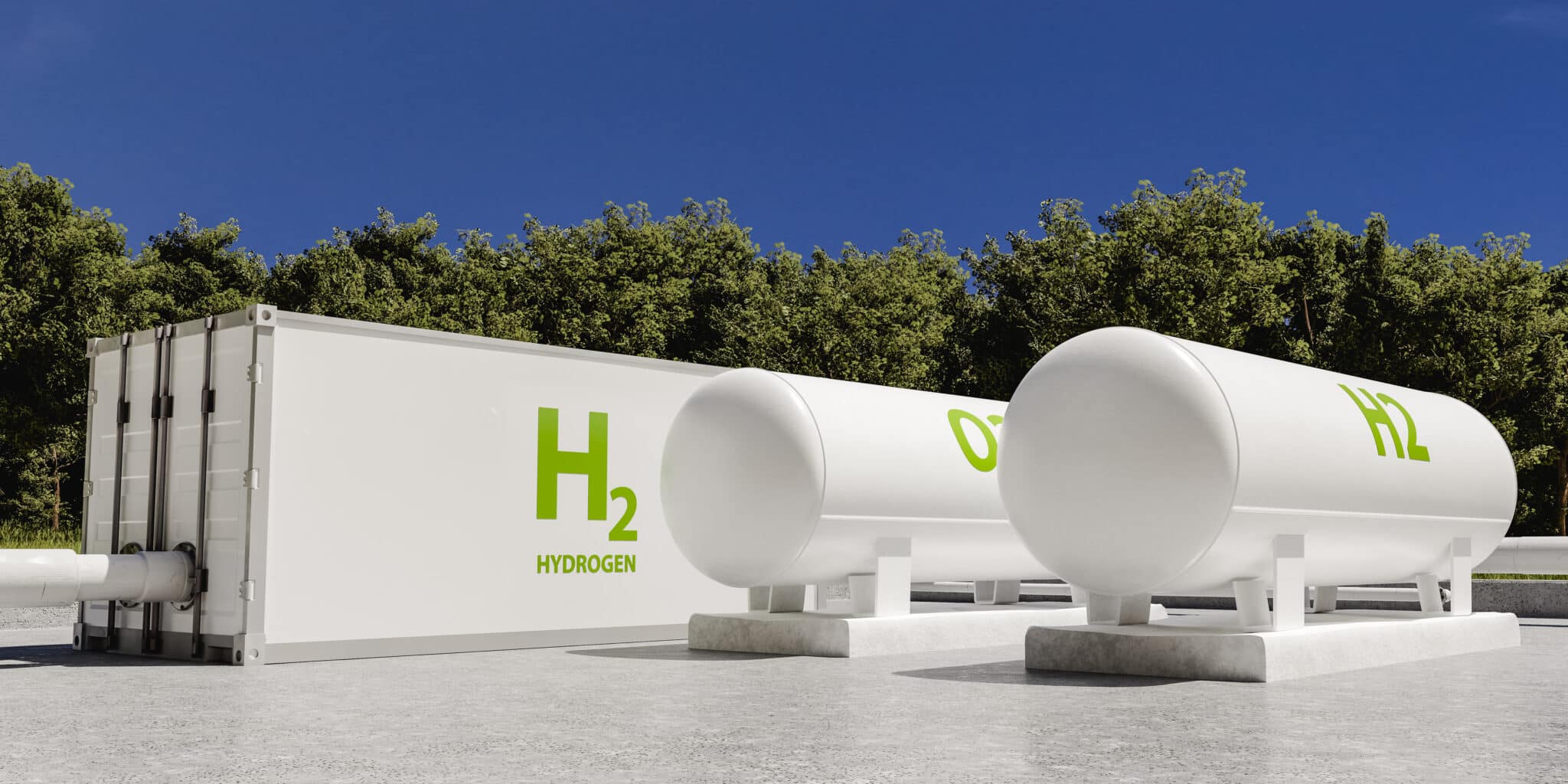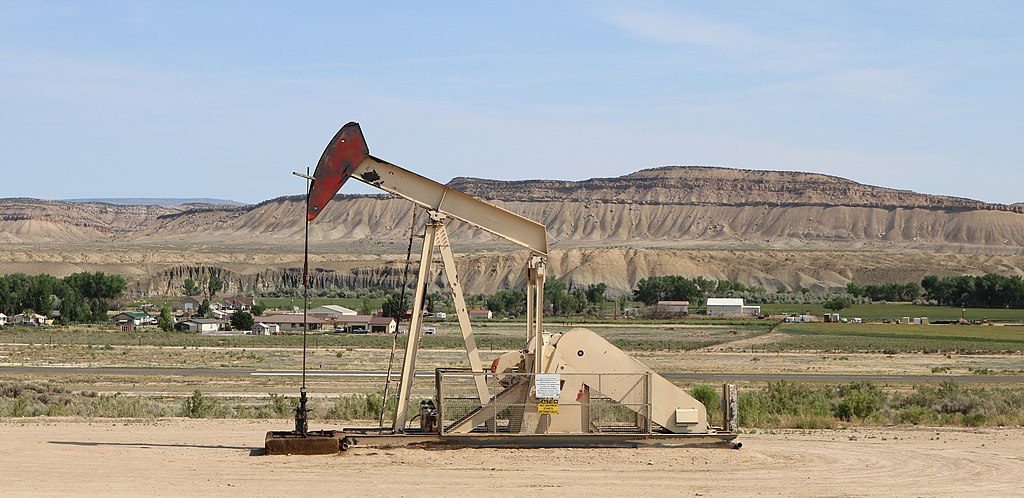In a decision made public on Friday, U.S. District Court Judge for Northern California Saundra Brown Armstrong ruled that the Department of the Interior (DOI) had violated the Administrative Procedures Act when it repealed the Federal Oil, Gas, and Coal Valuation Rule in August 2017. Judge Armstrong asserted DOI had acted arbitrarily and capriciously, and accordingly vacated the repeal, thereby reinstating the original 2016 rule. For taxpayers, the 2016 Valuation Rule’s reinstatement after years of wrangling is a welcome result that will mean more royalty revenue collected for oil, gas, and coal produced from federal lands and waters.
Royalties from resources produced from federal lands and waters generate more income for taxpayers than any other natural resource revenue stream. In fiscal year 2018, the Office of Natural Resources Revenue (ONRR), a DOI sub-agency, collected nearly $7.2 billion in royalties on federal oil, gas, and coal.
For a given amount of production, how much ONRR collects on behalf of taxpayers depends on the royalty rate – a percent set by statute or regulation – and the sales value of the resources to which the rate is applied. As its name suggests, ONRR’s 2016 “Consolidated Federal Oil and Gas and Federal and Indian Coal Valuation Reform,” or Valuation Rule, addressed the latter part of the equation.
ONRR began the process of updating the valuation rules for federal oil, gas, and coal in May 2011. (See TCS comments here.) After five years, considerable stakeholder outreach, and extensive public comments, ONRR published its final rule in July 2016. Among other things, the rule limited the allowances that could be deducted from resource value before royalties were charged. Notably, the rule also changed how the value of coal and gas could be determined if a producer first sold the resource to an affiliated company, known as a captive sale. In total, ONRR estimated the Valuation Rule would have increased royalty collections by as much as $85 million annually after taking effect on January 1, 2017.
In February 2017, under the new administration, ONRR promptly postponed the rule’s effective date. In a separate case, a U.S. District Court Judge later ruled that in postponing the rule without allowing for public comment, ONRR had “put the cart before the horse,” and acted illegally under the Administrative Procedures Act. Nevertheless, in July 2017, ONRR repealed the rule outright.
Federal agencies are able to change their policies, but to do so, they need to explain why a change is necessary. When repealing the Valuation Rule, ONRR offered the very same arguments that oil, gas, and coal companies had made during the original rulemaking process, which the agency had previously evaluated and dismissed. No new information was presented, and because the rule was in effect for such a short period, ONRR couldn’t point to any actual consequences that undermined the agencies original reasoning.
According to Judge Brown Armstrong’s ruling, ONRR’s abrupt about-face without adequate justification was illegal:
The Court finds that the ONRR’s conclusory explanation in the Final Repeal fails to satisfy its obligation to explain the inconsistencies between its prior findings in enacting the Valuation Rule and its decision to repeal such Rule. The ONRR’s repeal of the Valuation Rule is therefore arbitrary and capricious
The court also found that ONRR had further violated the Administrative Procedures Act by not allowing the public a meaningful opportunity to comment on the rule’s repeal. To remedy these illegal actions, Judge Brown Armstrong vacated the repeal and reinstated the Valuation Rule. Under updated estimates, if the rule takes effect, the rule is expected to bring in more than $70 million in royalties every year, of which federal taxpayers would get $55 million.


